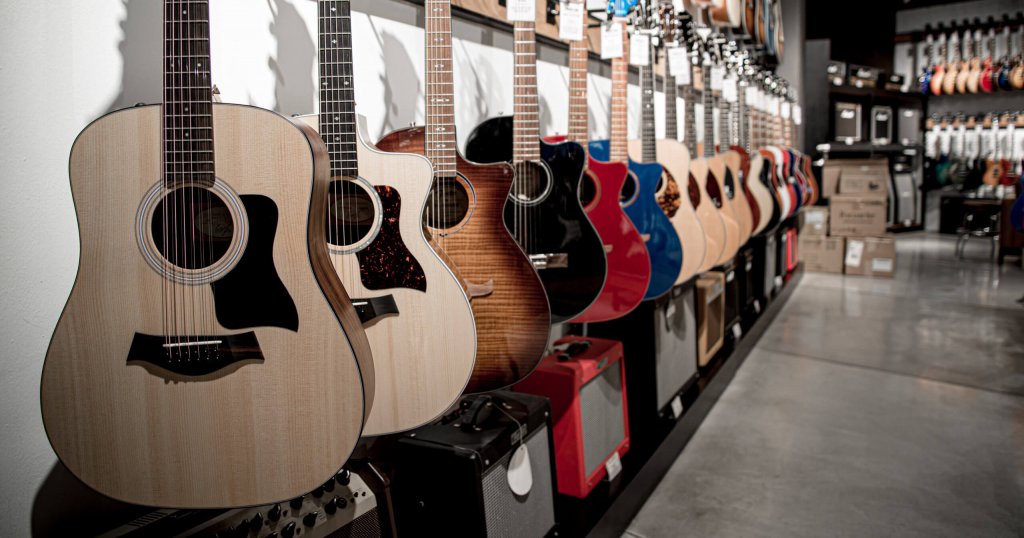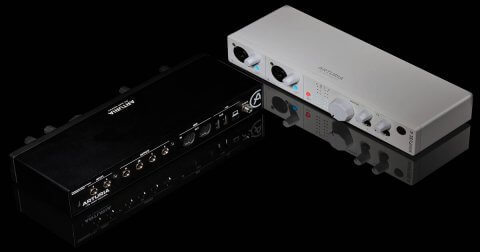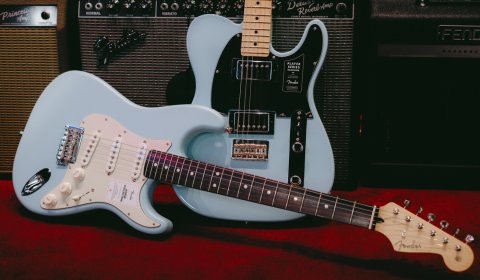As much as we love the chimey cleans, raunchy distortion, and full-blooded attack of electric guitars, nothing from the amplified realm can quite match the timbre of an acoustic guitar. While there are many factors that go into dictating what an acoustic guitar will sound like (such as bracing, body shape, etc), this time on Guitarology 101, we’re going to explore the effect of materials, namely laminate wood and solid wood, on your playing experience.
Though it may not be the be-all and end-all of the acoustic guitar, tackling the fundamental differences in build materials will give you an understanding of how it affects the acoustic guitar’s overall tone, performance, and consequently, price. If you’re new to the world of guitar or are not too with their unplugged counterparts, this article is for you!
Fully laminate guitars
If you’ve ever headed to a store to try a “beginner” acoustic guitar, chances are you’ve heard the phrase “laminate wood” or “laminate guitar” being thrown around. But what is a laminate exactly?
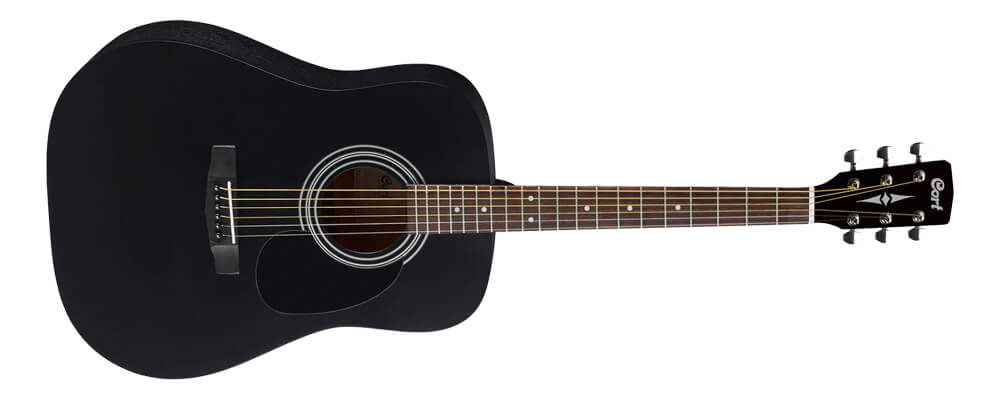
Laminate refers to any material that is made by sticking several layers of the same material. Thus, laminate wood in the context of guitars refers to multiple plys of wood being pressed together and held together with a strong adhesive or binding agent – a concept that isn’t too foreign to those familiar with the furniture industry.
So what’s the deal with laminate wood? Well for one, they are less susceptible to damage caused by environmental fluctuations (humidity and temperature). Those multiple wood plys? Turns out that stacking layers together makes them pretty strong and stable. Moreover, laminate construction enables guitar makers to reduce their material cost and increase their output while using less wood – thus making them a lot more financially accessible for the masses.
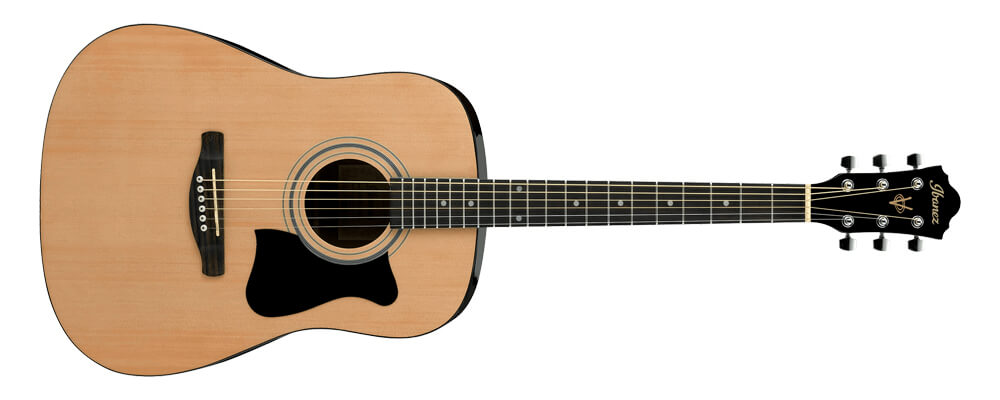
The downside? Laminate wood tends not to resonate as sweetly as their solid wood counterparts. Additionally, they also don’t see the tone enhancement benefits that age and regular playing bestow onto solid wood guitars.
However, don’t scoff at full laminate constructions. Modern laminate variants do a really good job at playing and sounding great. With solid wood becoming more and more of a pricier commodity, laminates offer a cost-effective alternative – especially for those who are just starting out.
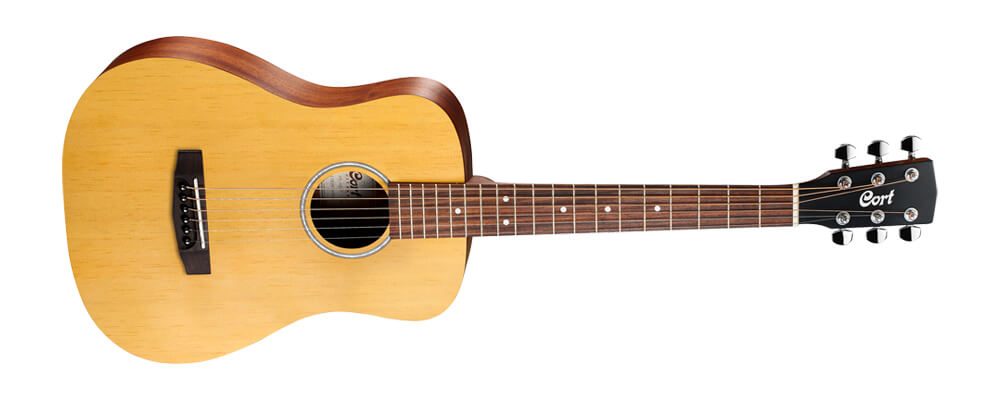
If you’re after a guitar that’s less expensive or you want one you can take around without being worried about humidity damage, you should definitely consider buying a guitar that uses laminate wood either in its entirety or at least partially.
Update: Cort New Arrivals & Restocks
Solid top + laminate back & sides
Let’s move up a tier. You already know about the merits and shortcomings of laminate wood, so how does one go about getting a stronger tone while retaining the desirable aspects of the multi-ply? Spoiler alert: It’s by adding a solid top to the guitar. To fully explain this, let’s take a detour and get into what a solid top is and why solid wood is so prized in acoustic guitar making.
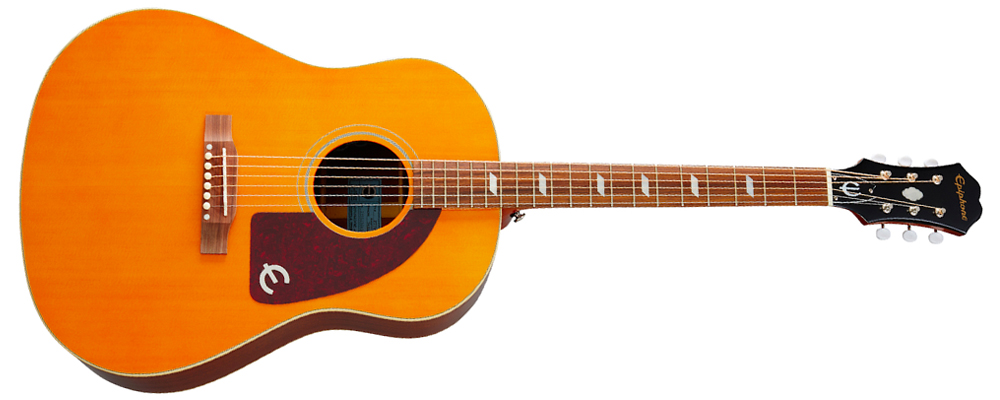
A solid top is essentially a single piece of wood that has been carefully selected, aged, carved, and fitted, but remains, essentially, a single continuous piece – from timbre to instrument. Solid wood is desired primarily due to its tonal qualities as having a solid soundboard allows for the wood’s tonal quality to be fully realised. Whether it be spruce, cedar, mahogany or whatever genus of wood, a solid top is able to project subtle sonic flavours and complexities inherent in the timber. This character contributes to a unique blend of volume, fullness, sweetness that composite materials have yet to match.
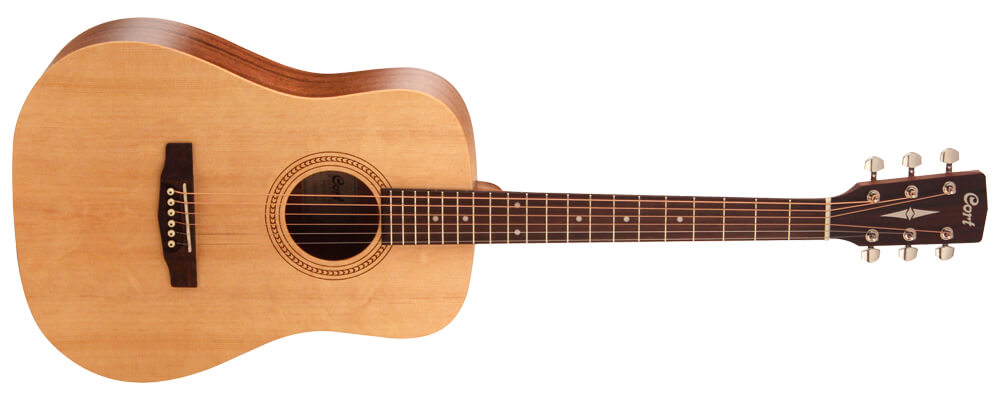
But doesn’t having laminate back and sides adversely affect the guitar’s tone? Well, the answer ranges from no to not as much as you think. You see the acoustic’s top is the section that plays the largest part of translating the initial energy of vibrating guitar strings into a rich acoustic sound – the sides and backs not so much.
The end result is a guitar that has a rich acoustic complexity of solid woods but with the added climate durability of laminate materials – a win-win in our book. Laminate back & sides are also a significantly more affordable, mid-priced option while retaining many desirable aspects of their full solid counterparts. While the premier construction method is a full solid build, there are many prominent acoustic artists who prefer having this hybrid construction for their unique tone and workhorse reliability.
Full solid guitars
As alluded to throughout this whole article, full solid guitars are the most desirable acoustics out there. By this point you already know so we’re not going to bore you senseless with a whole monologue on how brilliant they are. At their best, these guitars are absolutely magical – with tones that reverberate with the brilliance of a cathedral choir. Chances are, most of your favourite acoustic records were recorded with a meticulously built full solid guitar. Moreover, full solid guitars are a visual treat with stunning cuts of wood being used for only the best in both sound and aesthetics.
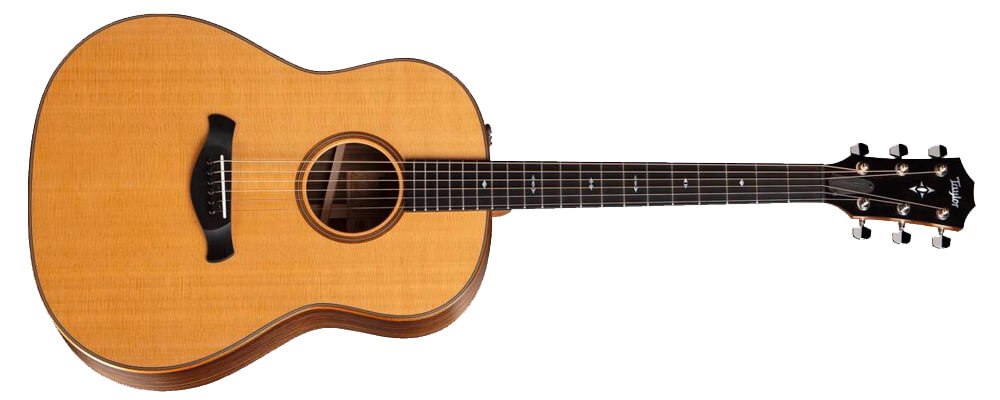
But with great power, comes great responsibility. Full solid guitars are fragile souls and should be treated as such. If you aspire to have one, you’d best have the proper climate set up for it. Keeping your instrument in tip-top condition requires humidity-controlled rooms without the insidious presence of direct sunlight. Too high of a humidity level may cause the top to bloat and consequently crack; too little moisture and it’ll shrivel up and also crack. The same scenario applies to extremes in temperature fluctuations and direct sunlight exposure.
Related read: Caring for Your Guitar in Southeast Asia: Fighting the Humidity Battle
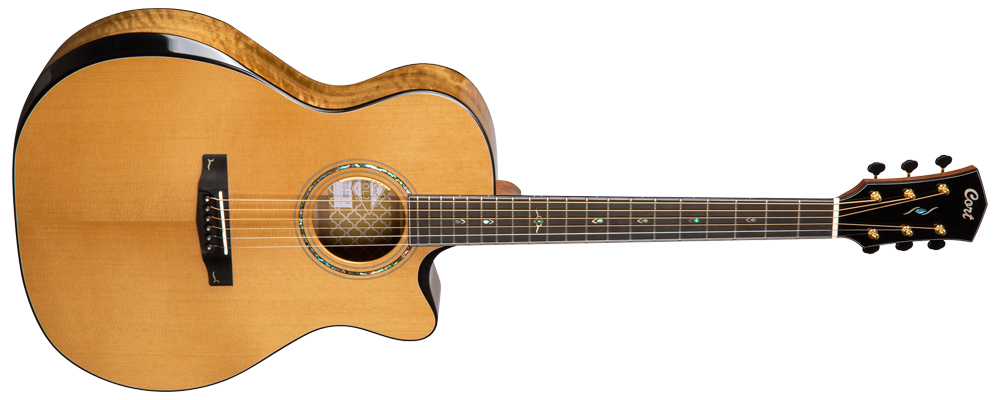
Another downside is the cost of construction. Solid wood is more expensive than laminated wood simply because a larger piece of tree needs to be cut in order to fashion an instrument out of it. Admittedly, trees of this scale are getting rarer and contribute to the relatively lofty prices of full solid guitars. Thankfully, brands like Taylor are putting the environment first and turning to more sustainable and responsibly sourced tonewoods, like the ones used in their new Grand Theater models.
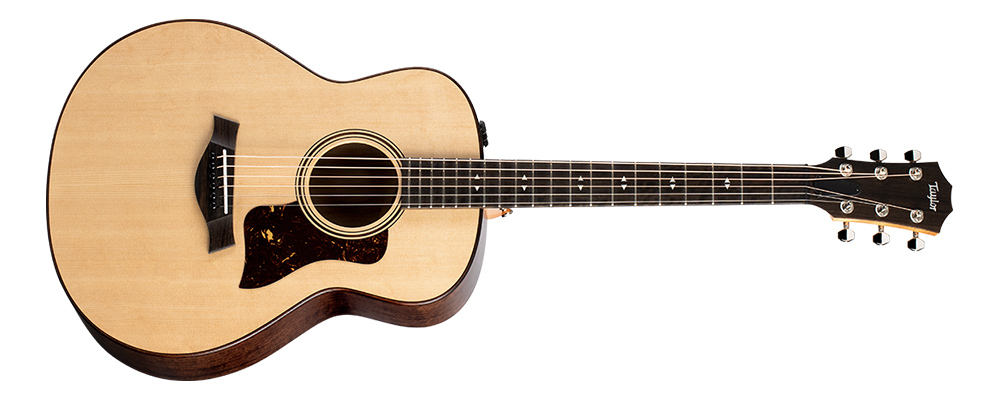
So with so many acoustic choices, it all comes down to what do I pick? Laminate wood, a combination of both, or a full solid wood construction? It all comes down to two things: How much do you wanna spend and what sound do you like?
Our advice? Come on down and try as many acoustics as you can. While price is usually a good indicator of quality and sound, try all construction types and see how they compare with your ears. At the end of the day, whatever guitar inspires you to play is all that matters!
If you’d like to shop our full range of acoustic guitars, laminate and solid wood galore, head over to our online store. If you’re looking for any guitar-related advice, you can always drop us a message and we’d be happy to help you out!
Read more: Guitarology 101 : Passive Pickups vs Active Pickups
